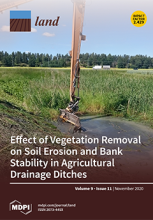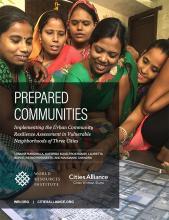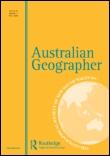/ library resources
Showing items 1 through 9 of 625.In the face of ongoing habitat loss and fragmentation, maintaining an adequate level of landscape connectivity is needed to both encourage dispersal between habitat patches and to reduce the extinction risk of fragmented wildlife populations.
Urban population decline has been extensively described as a triggering factor for community segregation and fragmentation, as well as for land use vacancy and house/flat vacancies, resulting in rising interest in strategies of green infrastructure expansion aimed at citizens’ wellbeing and urban
There is a growing consensus in the international community about the impact of the transformative power of urbanization.
The environmental consequences of the decision to urbanise and displace peri-urban (PU) food production are not typically evaluated within a comprehensive, cross-sectoral approach.
Climate change affects poor and marginalized communities first and hardest.
This paper examines the various ways in which migrant settlers have gained and maintained access to land in the informal urban settlements of Wewak, the provincial capital of East Sepik Province, Papua New Guinea (PNG).
This study assesses the global mountain population, population change over the 1975–2015 time-range, and urbanisation for 2015.
Ethiopia’s rapidly growing urban centers are facing an unprecedented level of demand for urban land
and housing. How can Ethiopia supply urban land in an efficient and equitable fashion to accommodate
Paginação
Land Library Search
Through our robust search engine, you can search for any item of the over 73,000 highly curated resources in the Land Library.
If you would like to find an overview of what is possible, feel free to peruse the Search Guide.







